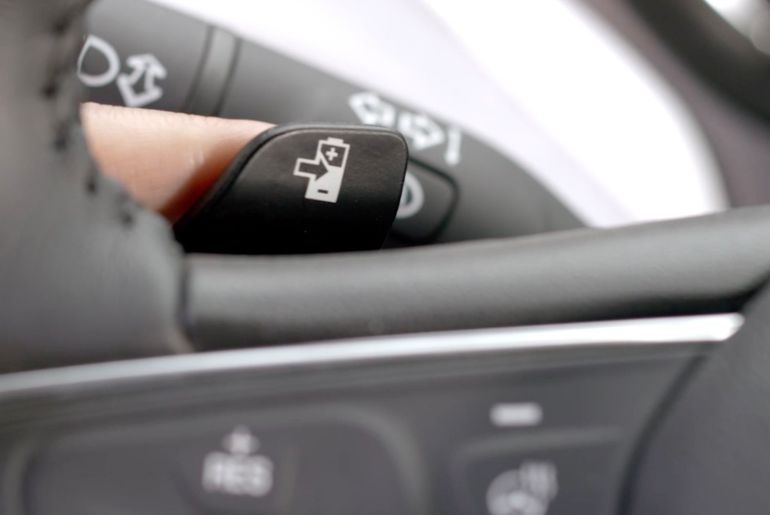General Motors (GM) has announced significant advancements in its regenerative braking technology across its growing electric vehicle (EV) portfolio. The update aims to enhance energy recovery, improve braking consistency, and elevate overall driving comfort in both city and highway conditions.
The automaker’s upgraded blended regenerative braking system seamlessly integrates energy regeneration with traditional friction braking, allowing drivers to experience smoother transitions between deceleration modes. This next-generation system intelligently adjusts braking force to optimize energy recapture without compromising on vehicle control or comfort.
A standout feature of this update is the Regen on Demand paddle located behind the steering wheel, which enables drivers to manually engage regenerative braking at varying intensities. In addition, GM’s One-Pedal Driving mode has been refined for greater responsiveness, letting drivers accelerate and decelerate using a single pedal—maximizing convenience and range in urban environments.
Importantly, the new system also addresses a common EV concern: inconsistent brake pedal feel when the battery is fully charged. GM engineers have introduced advanced blending algorithms that maintain a uniform braking response by smoothly switching to mechanical braking when regenerative capability is temporarily unavailable.
Incorporating regenerative braking into GM’s Super Cruise hands-free driving system marks another major step forward. When activated, the system automatically adjusts regenerative braking levels during downhill stretches or slow-moving traffic, improving both range efficiency and driver confidence.
According to GM’s engineering team, the refinements will lead to increased energy efficiency, extended driving range, and reduced brake wear, lowering maintenance costs for EV owners. The updates are expected to roll out across models built on GM’s Ultium Platform, including the Chevrolet Blazer EV, Cadillac Lyriq, and upcoming GMC Sierra EV.
Commenting on the development, Kent Helfrich, GM’s Vice President of Global Electric Propulsion, stated:
“Our goal is to make regenerative braking seamless, intuitive, and rewarding. These updates not only improve efficiency but also enhance the overall driving experience for customers transitioning to electric mobility.”
With global EV adoption accelerating, regenerative braking systems play an increasingly vital role in extending range and promoting sustainable energy use. GM’s advancements position the company at the forefront of EV performance innovation, blending hardware precision with software intelligence to deliver a smarter, more responsive electric driving experience.

